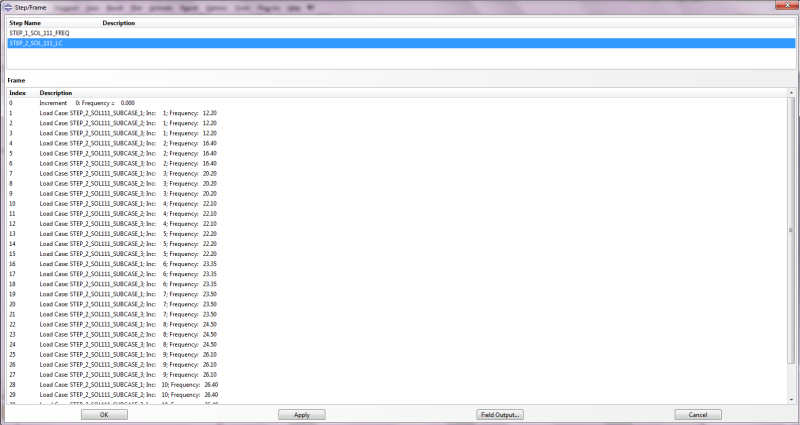

Accounting for this loading scenario in the design process, both analytically and experimentally, allows for the development of more durable products. It is inevitable that such devices will occasionally experience the shock loading associated with being dropped. #0 Foam::error::printStack(Foam::Ostream&) at ?:? #1 Foam::error::abort() at ?:? #2 Foam::heRhoThermo >, Foam::sensibleEnthalpy>::calculate() at ?:? #3 Foam::heRhoThermo >, Foam::sensibleEnthalpy>::correct() at ?:? #4 ? at ?:? #5 _libc_start_main in "/lib/x86_64-linux-gnu/libc.so.1 Drop Test Simulation of a Cordless Mouse Abaqus Technology Brief TB-04-DTCM-1 Revised: April Summary Portable, hand-held electronic devices have become commonplace due to their small size and light weight. > FOAM FATAL ERROR: Maximum number of iterations exceededįrom function Foam::scalar Foam::species::thermo::T(Foam::scalar, Foam::scalar, Foam::scalar, Foam::scalar (Foam::species::thermo::*)(Foam::scalar, Foam::scalar) const, Foam::scalar (Foam::species::thermo::*)(Foam::scalar, Foam::scalar) const, Foam::scalar (Foam::species::thermo::*)(Foam::scalar) const) const in file /home/ubuntu/OpenFOAM/OpenFOAM-4.1/src/thermophysicalModels/specie/lnInclude/thermoI.H at line 66. I have some problem with chtMultiRegionSimpleFoam I have worked with ADINA Structures for many years, and for me it was not a big step to use ADINA-FSI, with the same GUI and handling. And, if you are already familiar with a code (CFD or FE), it may be obvious how to proceed into the multiphysics field.

CFD and FE codes, plus coupling code, can be very expensive. I guess that it depends what codes you have available at your hands. Many possibilities have surfaced the last decade. Star-CCM+ has its in-built FSI capabilities also. Other FSI packages are available, Star-CCM+ can be coupled to ABAQUS, ANSYS can be coupled to FLUENT, and CFX I guess, and some years ago I saw the MpCCI FSI Mapper that could couple several codes, I have not followed it since. But, I guess that you refer to FSI as the previous case. ADINA-FSI was the leading FSI code 10-20 years ago.īesides that, a great number of FSI analyses are conducted in the FE codes (ADINA, ABAQUS, ANSYS, NASTRAN, etc.) as vibro-acoustic analyses (in time and frequency domains).

The two domains can be arbitrarily non-linear, for example, and the Bathe composite time integration scheme has proved to be efficient and reliable. I can try to give some insight, but I don't know if I interpret your question correctly.ĪDINA-FSI is a package that couples the ADINA-Structures code with the ADINA-CFD code, so that you can do transient FSI analyses.


 0 kommentar(er)
0 kommentar(er)
